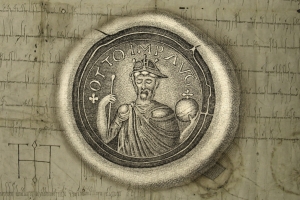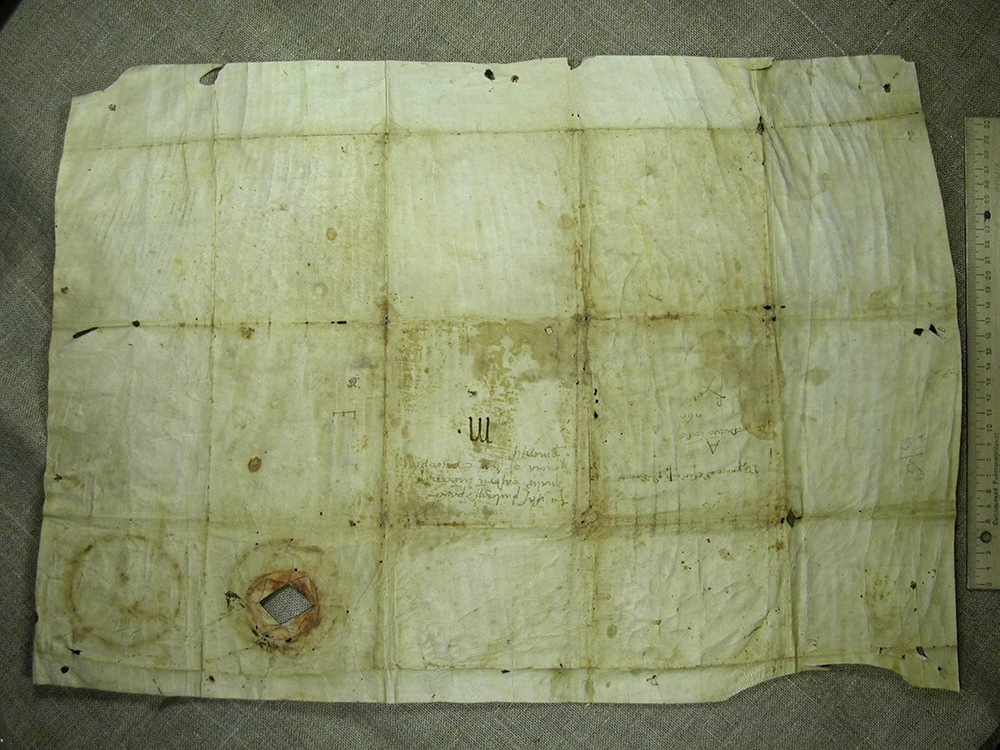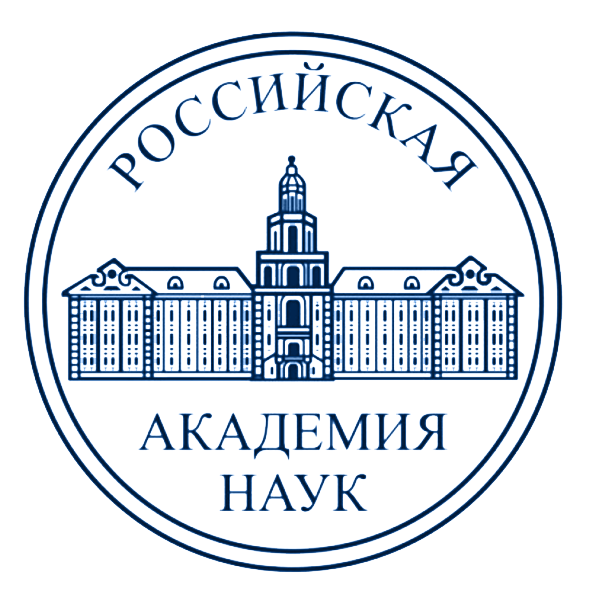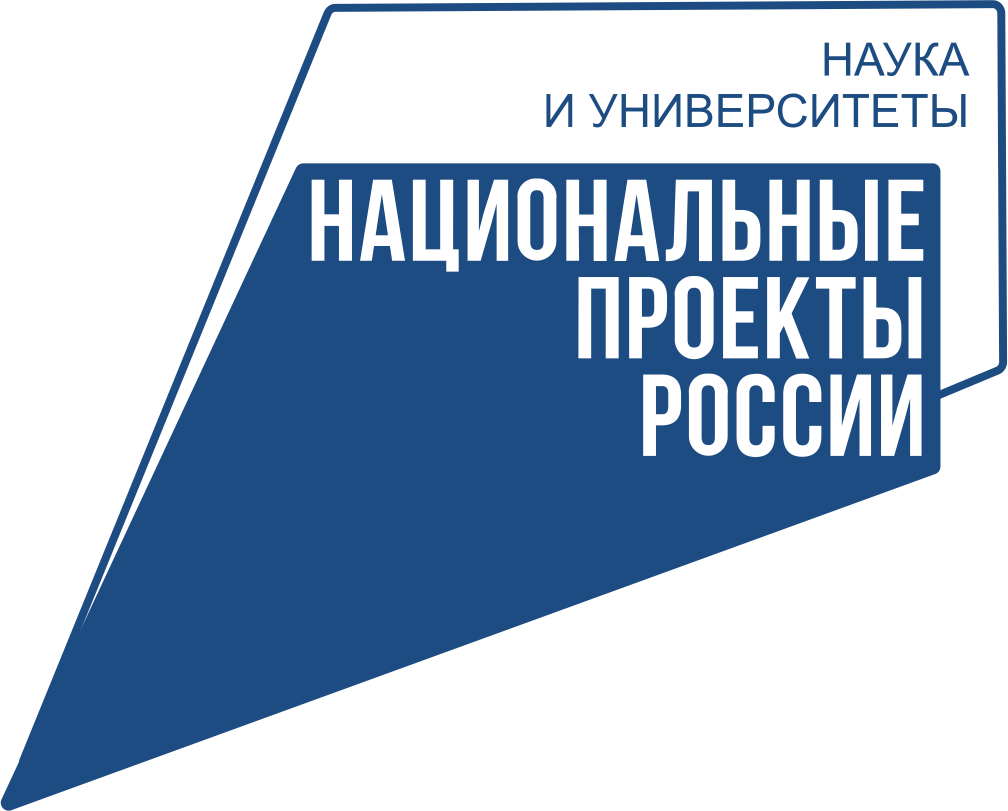
Otto I the Great was born on November 23, 912. The Holy Roman Empire founded by him lasted almost a millennium. The diploma of Emperor Otto, presented at the virtual exhibition, clearly demonstrates that such stability cannot be achieved through weapons alone, but relies primarily on the support of the citizens of the state, with whom a wise ruler must be able to negotiate and respect their interests.
In 936, the young Otto inherited from his father the Duchy of Saxony and the German Kingdom. By 941, by skillful diplomacy and force of arms, Otto had consolidated and expanded his influence throughout Germany. The Wends (Slavs) and Magyars (Hungarians), whom Otto actively converted to Christianity, remained a constant threat. In the church itself, he began a gradual reformation aimed at subordinating the clergy to the secular government. In 946, Otto helped the Carolingian dynasty to stay in power in France, and in 951 he made his first campaign in Italy. In Pavia, Otto was crowned with the iron crown of the Lombards and proclaimed king of Italy, as once Charlemagne. Unrest in Germany forced Otto to return home. But then in 961, he began the Second Italian campaign, aimed at strengthening his power over central Italy, and just a year later in Rome Pope John XII met Otto and crowned him as emperor. The kingdoms of Germany and Italy under Otto I were united to form the Holy Roman Empire. Otto spent his remaining years establishing order in his new state and trying to improve relations with Byzantium, which challenged his rights as emperor and his expansion into the south of the Italian peninsula. Otto the Great died on May 7, 973.
The diploma of Otto I, stored in the archives of St. Petersburg Institute of History of the Russian Academy of Sciences (Archive of St. Petersburg Institute of History, Russian Academy of Sciences, WES, collection 24, box 459, item 13) is dated April 18, 969. The history of its acquisition is extremely vague. Prior to its discovery in Leningrad, the original diploma was considered lost. It is known that for some time the document was kept in Parma, since in 1792 it was published according to the original, which was in the local episcopal archive. However, by the time of its reprint in the Monumenta Germaniae Historica in 1879–1884, the diploma had mysteriously disappeared. Thus, it can be assumed that in the collection of N.P. Likhachev, the document came, probably, at the end of the 19th – beginning of the 20th century.
The document is a horizontal sheet of parchment 41.4 cm high and 56.4 cm wide. The text itself is almost intact, but the appearance of the letter leaves much to be desired. The parchment is stained in several places, and tears are visible on the fold lines. In place of the seal, only a diamond-shaped hole and a round imprint remained.
In his charter, the emperor Otto, who was in Calabria, confirms the rights of his loyal subject Ingon and his heirs to land holdings throughout Italy, including those in Lomellina, Piombino, Milan, Pavia, Piacenza and Parma. Although the confirmation of rights by the monarch is one of the most common types of public act, this charter is distinguished by the fact that a special formula is included in the section on the non-interference of the judiciary and other authorities in matters of land rights, informing the jurisdiction of Ingon only to the emperor. In the documents of the 9th-11th centuries, the right of jurisdiction to the emperor is quite rare.
It is difficult to overestimate the value of documents like this. The Holy Roman Empire lasted for almost a millennium, from 962 to 1806, and at its height, under the reign of Charles V of Habsburg, covered most of Europe and the colonies in America. The diploma of Emperor Otto clearly demonstrates that such stability cannot be achieved through weapons alone, but relies primarily on the support of the citizens of the state, with whom a wise ruler must be able to negotiate and respect their interests.
In preparing the exhibition, an article was used: Anninsky S.A. Diploma of Otto I (969) in the collection of the Academy of Sciences of the USSR // Auxiliary historical disciplines. Coll. of articles. M.; L., 1937. Pp. 141-160.
The exhibition was prepared by N.B. Sredinskaya and I.D. Travin










